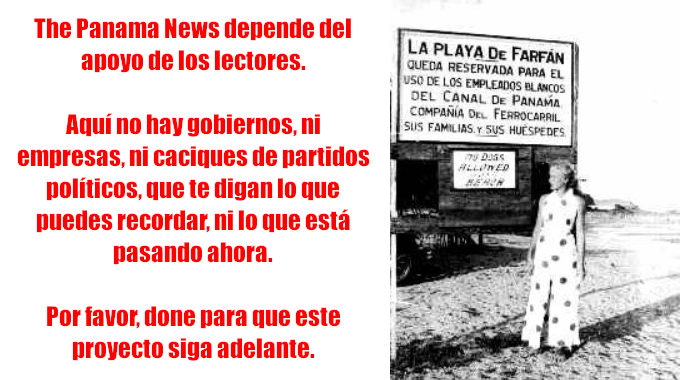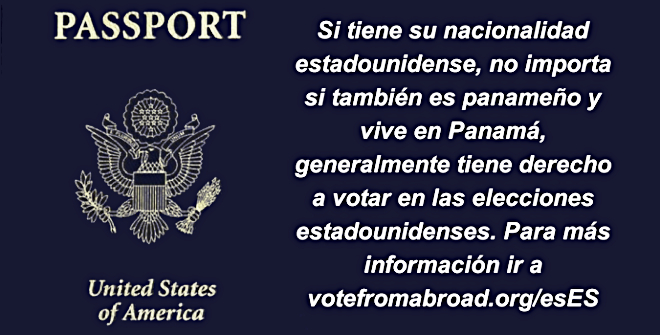Girls making their way to school through the garbage and sewage in Haiti’s Cite Soleile about a decade and a half ago. Might some of them have fled to Ohio? Could you blame them? Photo by Mark Edwards.
Not Culture Lite
No es cultura ligera
Desmond Dekker – 007 (Shanty Town)
https://youtu.be/kpVxwWQjIy0?si=XYP282ZQSuW6CIeZ
Milgros Blades & Mecanik Informal – Solo de Percusión Folklórica
https://youtu.be/PhW1fpjU2Cg?si=P8unDHQcWvKH91Xt
Chucho Valdés – Tiny Desk Concert 2024
https://youtu.be/wlsmFJx5vH0?si=uCmXwYcv0igBBlSd
WAR — Slippin’ Into Darkness
https://youtu.be/1sfKBwltAjg?si=ibXbE_KFHp-aolO3
Nina Simone – Live in London 1977
https://youtu.be/JPo4ulDveTc?si=6TzvV8OSRkbT_2nX
Rhiannon Giddens, Joan Baez & Taj Mahal – We Shall Not Be Moved
https://youtu.be/0MhuVar3EA4?si=45juUSCyDdmPqKXB
Laurie Anderson – Home of the Brave
https://youtu.be/mua8Pr6uRso?si=yrcUuRLucWSE7RKu
Musiana – Gente
https://youtu.be/E3nT0UhoRec?si=0HlfX4v7kHxIUEPG
¡Viva Panamá!
https://youtu.be/GaFOOykGHjc?si=jVG5-W0GnlZoESgF
Para defendernos de los piratas informáticos, los trolls organizados y otros actos de vandalismo en línea, la función de comentarios de nuestro sitio web está desactivada. En cambio, ven a nuestra página de Facebook para unirte a la discusión.
~ ~ ~
These announcements are interactive. Click on them for more information.
Estos anuncios son interactivos. Toque en ellos para seguir a las páginas de web.
In 20 minutes President José Raúl Mulino addressed an explosive topic without blowing up the fragile social peace. His explanations and assurances, however, may have set a few timers ticking. The president explained that the Social Security Fund has been looted for many years, under several administrations. He said that other departments of government have been worse. To the extent that he vowed to turn some of this over to the legal system for investigation, though, much of it will be timed out by the statutes of limitation. More immediately, at a time when the economy is slow he intends to shrink the government by eliminating a lot of unnecessary jobs that have gone to party workers, relatives of politicians, mistresses and so on at the national government level, and pulling funding for such in local governments. The political patronage rotation is a hallmark of post-invasion Panamanian government, but Mulino mostly hints that many of the posts will not be filled. There was much hinting in the speech. Will there be criminal charges against local politicians who deducted Seguro Social from government workers’ paychecks but did not pay that money into the fund? Will alcaldias and corregimientos whose mayors and representantes did that have their government allocations slashed? But consider, then, what that does to an attempted governability pact in a divided legislature. It’s a threat aimed at the PRD, but also, in a number of places, at independents who ousted the PRD in last May’s elections, frequently after campaigns where the abuses were issues raised against the incumbents. In the National Assembly itself all of the old abuses are all the rage. Can a double standard save the legislators while condemning local officials? So the application of criminal law, and enhanced budget squeezes affecting down-ballot politicians, is a set of confrontations left hanging out there that could complicate the executive branch’s attempts to get along with the legislative branch. The president said that the main issue is about money and set up some round tables to talk about proposals. That is, he did not want to talk about financial specifics at the moment. Plus, he implicitly recognized that the issues of greed and fraud are at large in society, in both public and private sectors, by taking privatization off of the table. Had he declared that privatization was the solution to Seguro Social’s problems, the roadblocks would already be forming for a general strike. But round tables? Do the business reps get a veto, as the practice has been? Nobody will be fooled by that game. As to “hard and fast” economic decisions, Mulino announced some of those, very pragmatic ones. He’s merging the Seguo Social and Ministry of Health medicine purchasing operations. Do I hear a wail of protest somewhere off in the distance? Something like ‘I’m a Galindo – you can’t do that to me!’? Will the deputy underassistants who have been armed with stamps take him to court? He’s moving the nation’s cancer hospital, from the old Gorgas Hospital complex to the Ciudad de Salud project, out near the eastern entrance to the Centennial Bridge. As in, building on what came before instead of abandoning a project of previous administrations. One sensible promise, if kept, is going to set off some storms. He said that there will be a computerized database from which anybody will be able to learn his or her own social security status. As in, find out if some bank appropriated contributions in the wake of the 2005 partial privatization of retirement accounts. As in, find out which employers or former employers stole from them. For 20 minutes the president told us truths that we would rather not hear, announced a few common-sense moves, made some gestures that given past experiences we might expect to be corny old tricks but may not be, punted the issue to a later date but first lit the fuses on some political time bombs. God help Panama. Contact us by email at thepanamanews@gmail.com To fend off hackers, organized trolls and other online vandalism, our website comments feature is switched off. Instead, come to our Facebook page to join in the discussion. These links are interactive — click on the boxes 
Jackson: Mulino warns, makes a few notable moves, punts
Mulino’s address to the nation
by Eric Jackson

























